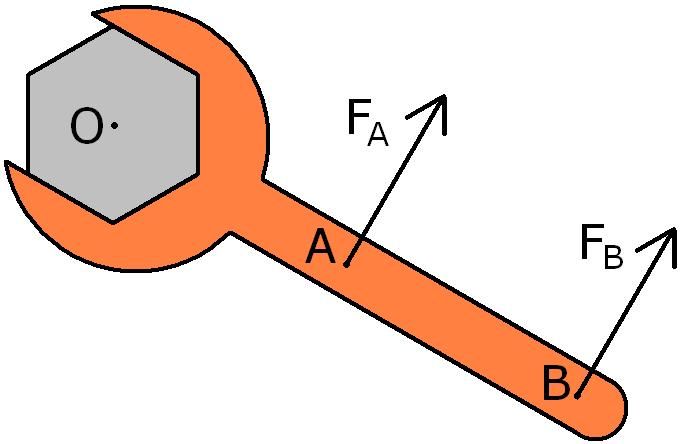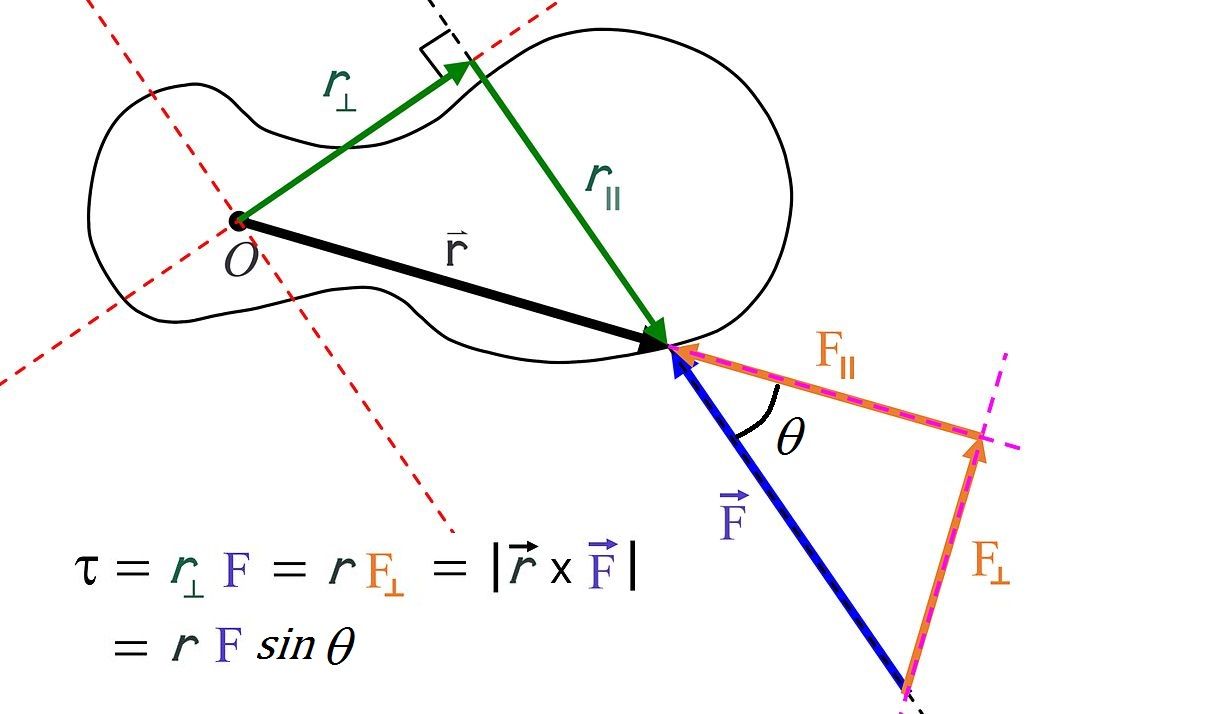We’ve learned in our previous article - Everything You Need to Know About Horsepower - that torque and horsepower are related when discussing cars. This time, we will, however, focus more on torque, how it works in cars, and how is it calculated, all while trying to answer whatever questions you may have.
Donut Media’s video below neatly explains the process using easy-to-digest visuals:
FAQ
Q: What is torque?
Torque often comes up quite high on a car’s spec sheet. But what is torque? Well, from a pure physical point of view, torque is a measure of the force that can cause an object to rotate about an axis. What’s more, torque helps an object acquire angular acceleration (i.e. spin) - a car’s wheels, for example. We’ll get to that.
Torque can also be of two types: static or dynamic. What’s the difference? Khan Academy [explains->https://www.khanacademy.org/science/physics/torque-angular-momentum/torque-tutorial/a/torque] that static torque does not produce angular acceleration - for example, pushing a door is static torque, because the door is not revolving around its hinges. On the opposite end, dynamic torque is what happens at a car’s driveshaft during acceleration, because it spins the wheels and moves the car faster and faster.
Q: How to calculate torque?
There’s an equation for it:
τ=F⋅rsin(θ)
Where:
τ - is the torque vector
r - is the length of the moment arm
(θ) - is the angle between the force vector and the arm
Torque is measured in Newton-meters (SI) or foot-pounds (imperial).
Q: What is torque in cars?
Now, when it comes to cars, you can describe torque in various ways, such as the turning power a car has or the rotating force produced at the crankshaft. Since we already know that torque is a force applied at a distance, in an engine, the combustion provides the force while the distance is the length of the piston arm.
You can measure torque in a car using a dynamometer (popularly knows as a dyno). What the dyno does is measure a given engine’s torque, based on which it offers a horsepower reading. To do that, it multiplies the torque by the rpm and divides it by 5252.
What’s more, you also need to keep in mind that in real life, cars can deliver their max amount of torque at a certain rpm. So for example, the 2020 Shelby Mustang GT500 makes 625 pound-feet of torque at 5,000 rpm. Anywhere else in the rpm band the reading will be different - at idle, torque is rather low, while at 3,000 rpm it will be higher, but still lower than what you’d get at 5,000 rpm, where MAX torque is unleashed.
Q: What is a torque converter?
You know what a clutch is as part of a manual gearbox, right? Well, in the case of an automatic, it’s replaced by a torque converter. A torque converter is a fluid coupling that lets the engine spin almost independently of the transmission. We’re saying almost because the torque converter never fully disconnects - that’s why even when sitting at idle with the lever in drive, the car will start to slowly move away if you don’t keep the foot lightly on the brake pedal. As you step on the gas, the engine speeds up too, which pumps more fluid into the torque converter, so more torque reaches the wheels.
A torque converter is made of the following components:
-* Housing
-* Pump/impeller
-* Turbine
-* Stator
-* Transmission fluid
Q: How does a torque converter work?
Now, here’s how the magic happens. The torque converter’s housing is bolted to the engine’s flywheel. This means it turns with the exact same speed the engine’s operating at. The impeller also spins at the same speed as the engine and while doing so, its fins push the transmission fluid around, acting like a centrifuge. This effect - also known as centrifugal force - drives the torque converter’s turbine, which is bolted to the input shaft of the transmission. The turbine itself sends fluid back to the impeller, and this process repeats over and over. Basically, when you stop, the turbine stops, but the impeller doesn’t have to, so the engine can still spin, so there’s no stalling involved.
We also have to mention the stator, the piece that sits between the impeller and the turbine, minimizing energy loss and essentially increasing the amount of torque that reaches the turbine via sharp-angled fins. At the same time, the stator makes sure the fluid coming back from the turbine is redirected before it hits the pump/impeller, thus increasing the torque converter’s efficiency.
Q: Is torque or horsepower better?
Well, the question’s kind of wrong right off the bat. If you read carefully the lines above, you’d know what torque and horsepower are related. That said, we can’t exactly say that one is bad and the other is good or vice-versa. However, for particular applications, you might need one more than you need the other.
For example, you want more torque in a bus or in heavy vehicle - work truck, bulldozer, that sort of machinery - that’s supposed to work under a lot of load or carry a lot of heavy stuff. Obviously, top speed isn’t of the essence inside such a car. Simply put, such a vehicle needs plenty of torque to… do work, but it doesn’t have do to it fast.
In a sports car, on the other hand, you need a good mix between horsepower and torque to quickly get it off the line and maintain the sprint towards the car’s top speed, which also has to be on the high end. Both horsepower and torque bring you that.


